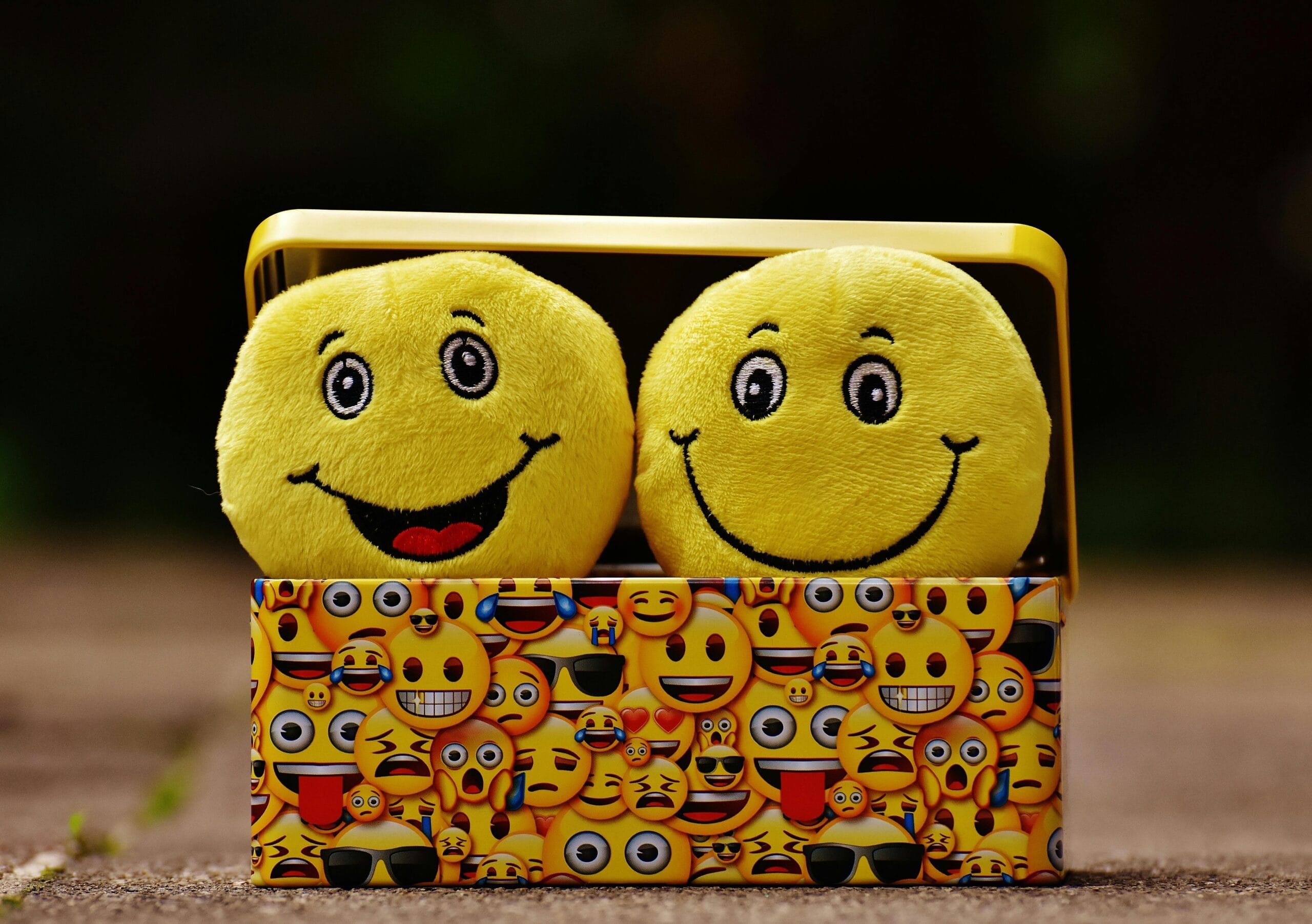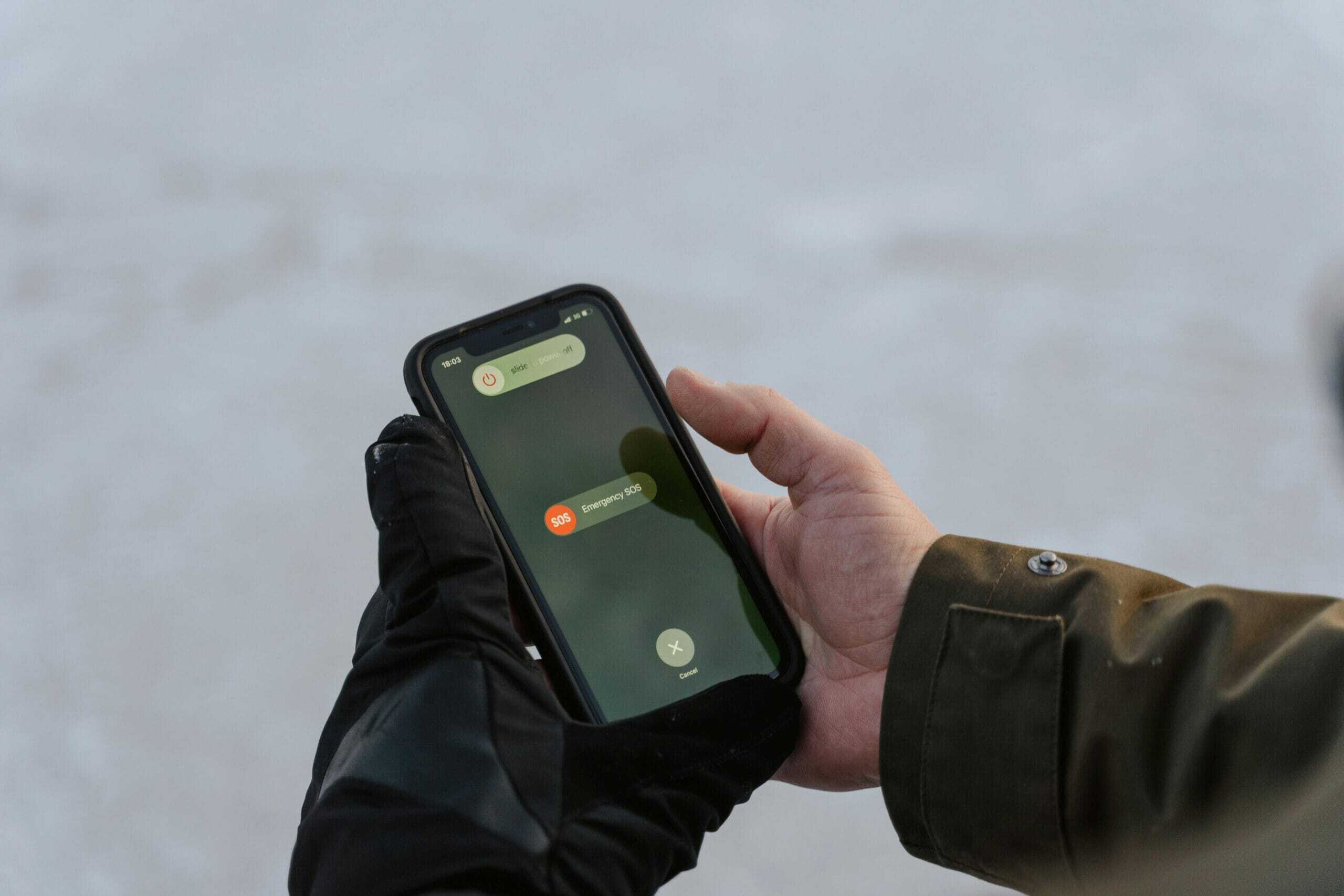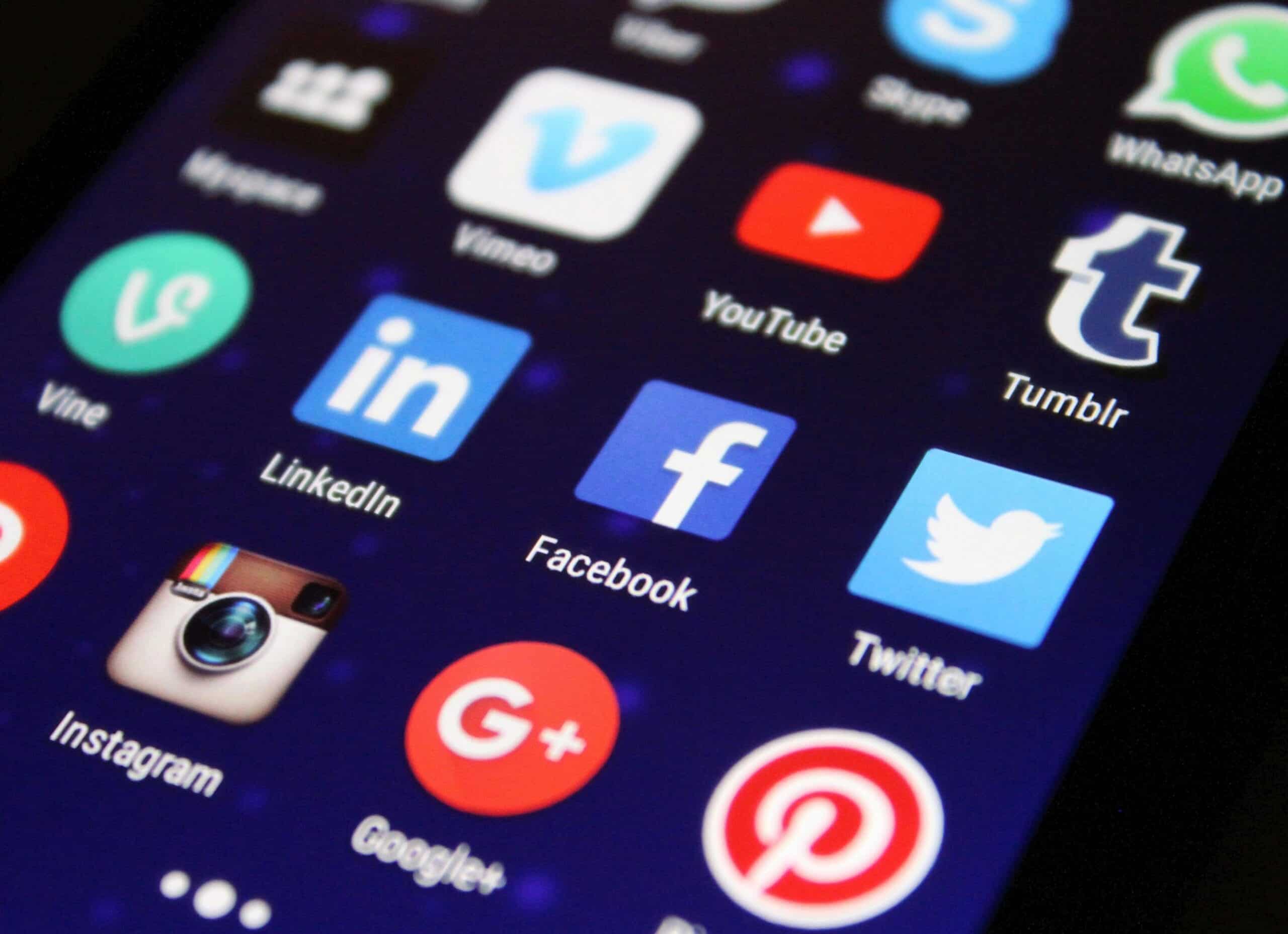
🧠 Introduction: Your Feelings Might Be Talking — Are You Listening?
Have you ever felt butterflies in your stomach before a big presentation? Or noticed a headache after a stressful day?
It’s no coincidence.
Your emotions and your body are deeply connected. What you feel emotionally — whether it’s stress, sadness, excitement, or peace — often shows up physically. But what if there was a way to track these emotions and use them to monitor your health?
Well, there is.
Thanks to cutting-edge technology, researchers and tech innovators are now developing emotion-sensing devices and AI-powered tools that claim to detect health issues through your emotional patterns. Yes, your emotions might soon be your first health check.
Let’s dive deep into this exciting innovation, understand how it works, and explore what it means for your health and future.
💡 Emotions and Health: What’s the Connection?
Let’s get this clear: emotions are not just in your head — they influence almost every system in your body.
Here’s how:
| Emotion | Physical Effect |
|---|---|
| Stress | Raises blood pressure, weakens immunity |
| Anxiety | Triggers rapid heartbeat, shallow breathing |
| Sadness | Can cause fatigue, muscle aches, sleep issues |
| Happiness | Releases dopamine and serotonin (feel-good chemicals) |
| Anger | Tightens muscles, raises cortisol levels |
Over time, chronic emotional imbalance can lead to serious health conditions like heart disease, digestive disorders, insomnia, diabetes, and even cancer.
This is why doctors and psychologists emphasize the importance of emotional well-being — not just for mental health, but for your physical health too.
🤖 The Innovation: Emotion-Sensing Technology
So, how can technology track something as invisible as your emotions?
Let’s break it down.
🔬 How Does Emotion-Sensing Technology Work?
Innovators are combining tools like AI (Artificial Intelligence), machine learning, facial recognition, and biometric sensors to interpret your emotional state. These tools pick up on:
- Voice tone and pitch
- Facial expressions and micro-expressions
- Heart rate and heart rate variability (HRV)
- Breathing patterns
- Skin temperature and sweat response
- Typing speed, phone usage, and even posture
This data is then analyzed by smart algorithms that can detect patterns. If something seems off — say, your stress levels spike every morning or your heart rate stays high at rest — the system can alert you.
📱 Where Is This Tech Being Used?
- Wearable Devices: Smartwatches like Fitbit and Apple Watch are already tracking stress and heart rate variability.
- Mental Health Apps: Tools like Wysa and Woebot use AI to interpret your language and offer emotional support.
- Workplace Wellness Tools: Some companies are exploring emotion-based analytics to prevent employee burnout.
- Healthcare Monitoring Devices: Research is ongoing into how these systems can detect early signs of depression, anxiety, or heart issues.
🧪 Real-World Use Cases: Where It’s Already Making a Difference
📍Case 1: Detecting Depression Early
Some emotion-sensing apps monitor how your tone of voice changes over time. Subtle shifts in pitch, energy, or pauses in speech can suggest signs of depression — sometimes before you even realize it.
📍Case 2: Predicting Panic Attacks
Wearables tracking HRV and breathing patterns have been used to predict panic attacks minutes before they start — giving users time to pause, breathe, or reach for support.
📍Case 3: Workplace Burnout Prevention
Companies are piloting software that tracks employees’ mood trends (anonymously) to detect when someone is headed for burnout — and can suggest break times, meditation, or reduced workloads.
🔐 But What About Privacy?
With great data comes great responsibility.
Emotion-sensing tech deals with highly sensitive information — your feelings, health, and behavioral patterns. Here are the key concerns and safeguards:
🚫 Privacy Concerns:
- Is your emotional data being stored?
- Who can access it?
- Can it be used by employers, insurance companies, or marketers?
✅ Safety Measures Needed:
- End-to-end encryption
- Explicit user consent
- Anonymous data processing
- Compliance with data protection laws like GDPR (Europe) and HIPAA (US)
Always read privacy policies before using any app or wearable. Choose platforms that are transparent and prioritize user rights.
🌍 The Future: Is This the New Stethoscope?
This innovation is still evolving, but experts believe that emotional tracking may become as routine as checking your temperature or blood pressure.
In the next 5–10 years, we might see:
- Mental health check-ins built into smartwatches and fitness apps
- Smart homes that adjust lighting and music based on your mood
- Virtual therapists that adapt in real-time to your emotional state
- Health insurance models offering lower rates for emotional stability (ethics pending)
Imagine your smartwatch sensing early signs of burnout and recommending a walk, or your virtual assistant noticing sadness and playing calming music — emotion-aware tech could be your next health coach.
🧘 How You Can Start Using Emotion-Health Insights Today
You don’t need high-end tech to tune into your emotional health. Here’s how you can start:
✅ Practice Emotional Check-Ins:
Ask yourself: “How am I feeling?” Name the emotion without judgment.
✅ Use Basic Health Apps:
Apps like Calm, Headspace, Moodpath, and Daylio help track mood and reduce stress.
✅ Monitor Your Physical Reactions:
Notice if your body tenses up, your breath shortens, or your sleep patterns change. These are emotional clues.
✅ Combine Tech with Therapy:
If you’re dealing with chronic stress, anxiety, or depression, combine tech tools with professional mental health support.
💬 Final Thoughts: Listen to Your Feelings — They Might Save Your Life
In a world where we’re constantly bombarded with external information, we often ignore the most important messages — the ones coming from within.
Thanks to innovation, we now have tools that can help us listen more closely. By tracking our emotions, we’re not just improving mental health — we’re gaining powerful insight into our total well-being.
So the next time you’re feeling off, don’t brush it off.
Your emotions might be telling you something your body hasn’t said yet.
📣 What’s your take? Would you use emotion-sensing technology to track your health? Share your thoughts in the comments!





